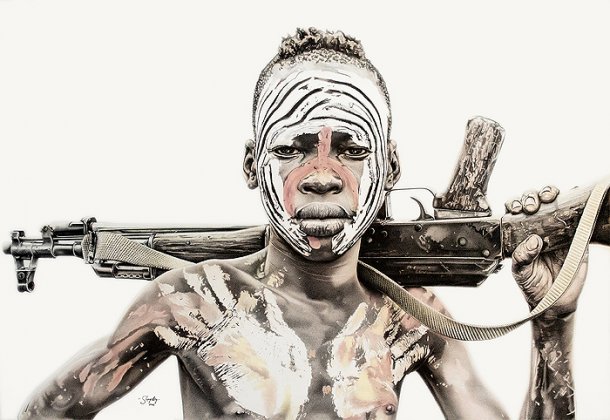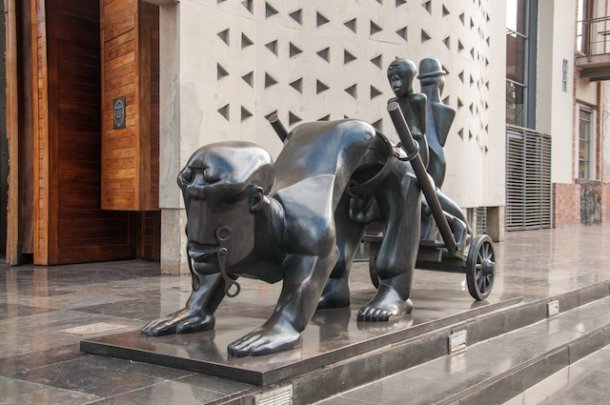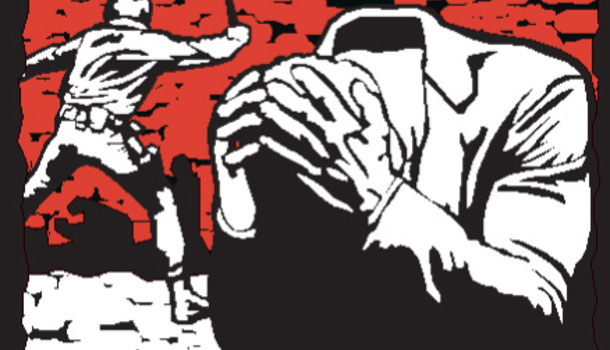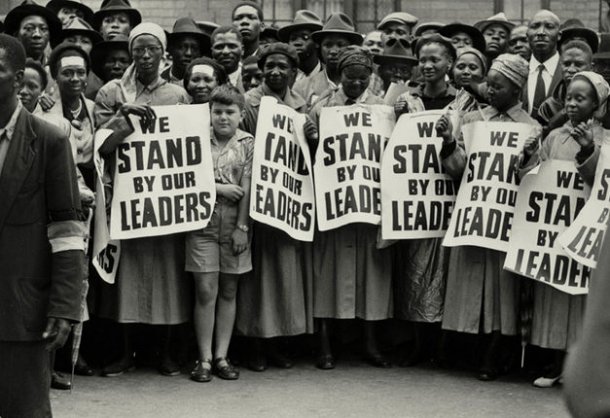O artista sul-africano Robert Slingsby sobre 'Crossing the line'
Publicado8 Fev 2015

Imagem: Robert Slingsby, Cocked. Charcoal and chalk pastel on cotton rag. Image courtesy of Barnard Gallery, Cape Town
'Crossing the line' é o título da exposição do artista sul-africano Robert Slingsby, realizada em 2014, na Barnard Gallery, na Cidade do Cabo, com obras produzidas a partir de uma viagem à Etiópia e o seu contacto com as tribos de Omo Valley, com tradições antigas agora em confronto com o desenvolvimento urbano. Robert Slinfsby, em entrevista ao site ArtSouth Africa, fala sobre a experiência e o seu percurso.
In meeting people who come from African countries to the North, I would always wonder why they come to South Africa when they have such a great education back home.
As one heads south from Addis Ababa, there is a sense of abundance, with seemingly endless cultivation. However, the land that I visited in the lower Omo Valley, in the south, where the Sudanese and Kenyan borders are literally in sight, is exceptionally remote and uncultivated. Here tribes herd their cattle and goats. Some, like the Mursi, lead a nomadic lifestyle (within the confines of the Mago Park). Others, like the Kara, live in ancient villages alongside the crocodile infested Omo River. It is these communities who bear the greatest burden of environmental threats such as malaria, drought and famine.
Once you leave Addis Ababa, depending on the season, the journey down south is a ‘carnage’ reality check. The dry season sees Ethiopian women and donkeys laden in water, playing roadside Russian roulette, as they transport water from the river to their villages. The rainy season sees flowing rivers, meaning fewer donkeys, fewer women, fewer 4x4’s, rendering the roads less treacherous.
Beyond the towns there is no electricity and no running water. Life for the visitor is a bit like that of a tortoise. The shell is either a 4x4 or a tent. The field trips require a team; a translator, driver, soldier, tracker and even a cook. Everyone is in one vehicle, as well as all the food and water. Discovering Africa means discovering its people; how enterprising they are, how wise they are, and discovering their creativity, their art. There is so much to gain, so much to learn. Each visit seems to shed another layer in a complex weave of human interaction.
With regard to the tribesmen I met, few have ever travelled beyond the valley let alone Ethiopia. For most, it is the desire for education and medical intervention which leads to travel. However it is a tiny minority that are undertaking the incredible journey all the way down south.
(...)
I’m interested in this “special journey” and your path out of South Africa and into other African countries. How do you think your time in South Africa during apartheid influenced your desire to travel north and to make work influenced by other cultures?
My initial journey beyond South Africa pivoted around education. The 1976 Education riots reflected the injustice of our education system as a tool of oppression. At that point in time, I was of the opinion that it would be iniquitous to be associated with a South African university, as I perceived them as part of the apartheid institution. This is what took me to Holland in 1976, where I was a student at the Vrije Akademie for five years. I produced resistance art and expanded my frame of reference beyond South Africa. I have always been dedicated to recording the culture and traditions of the marginalised. However, travelling to other African countries has been solely born out of a love of Africa.
A entrevista completa aqui



